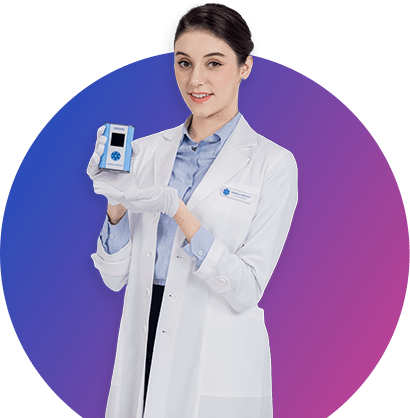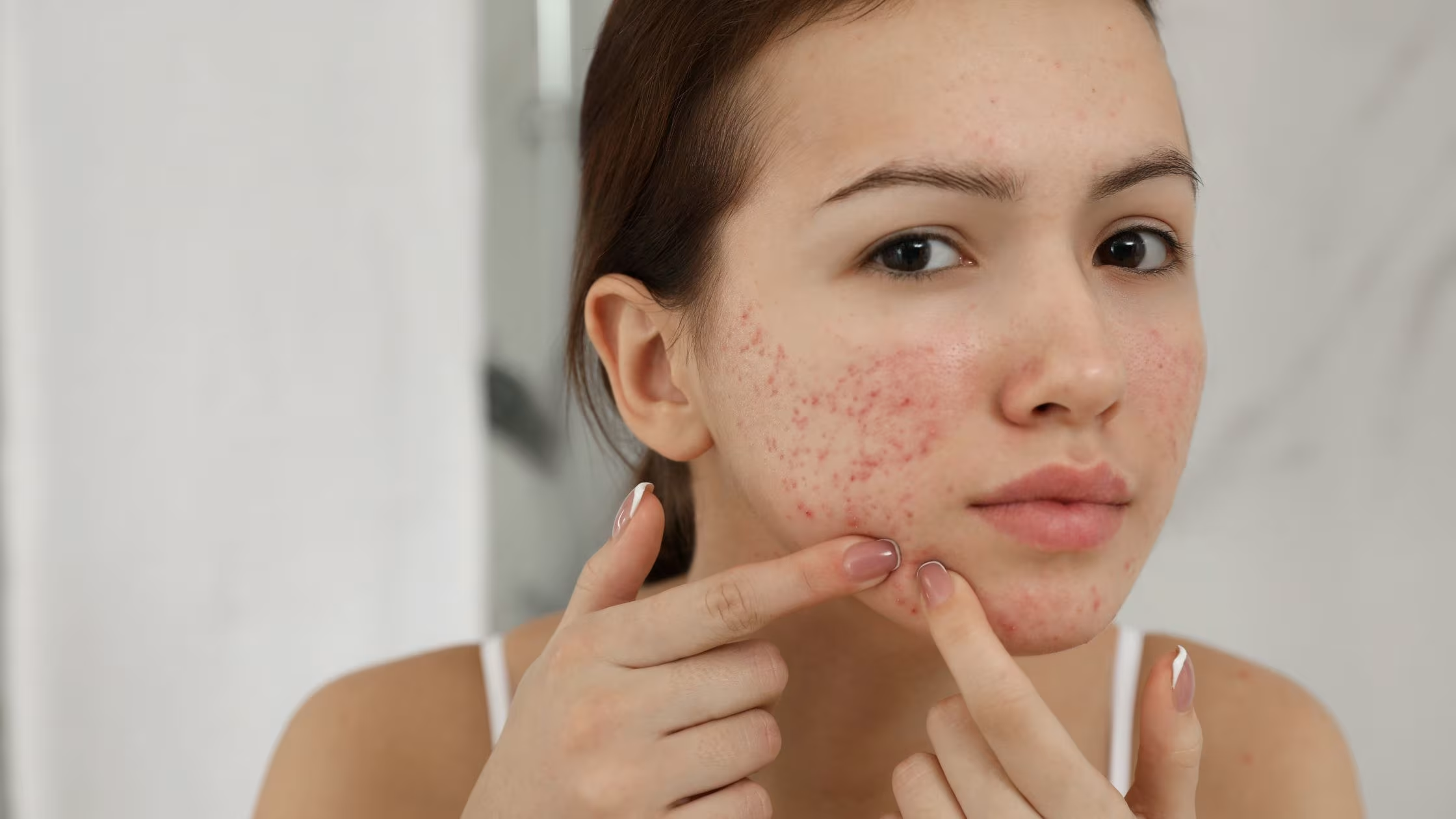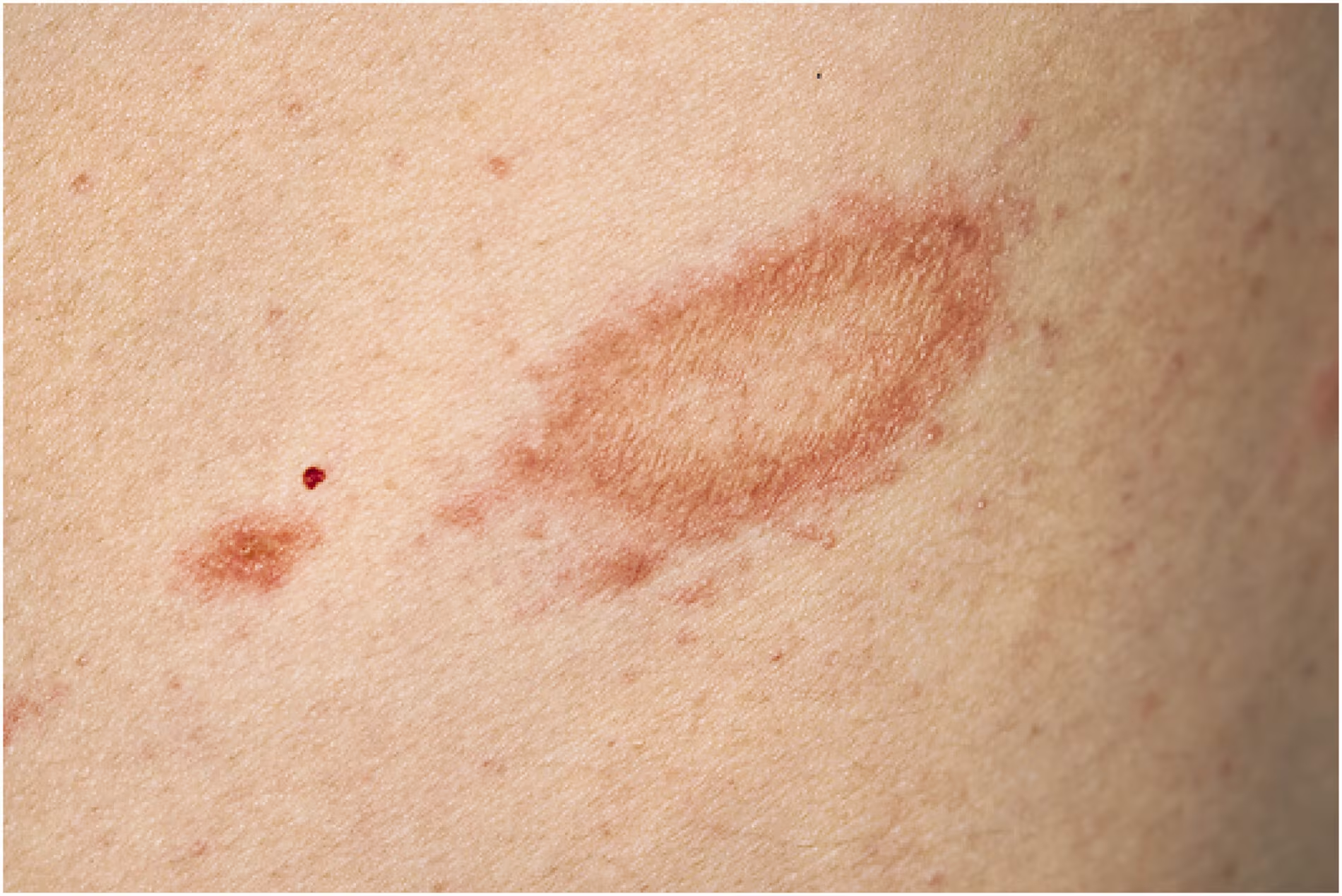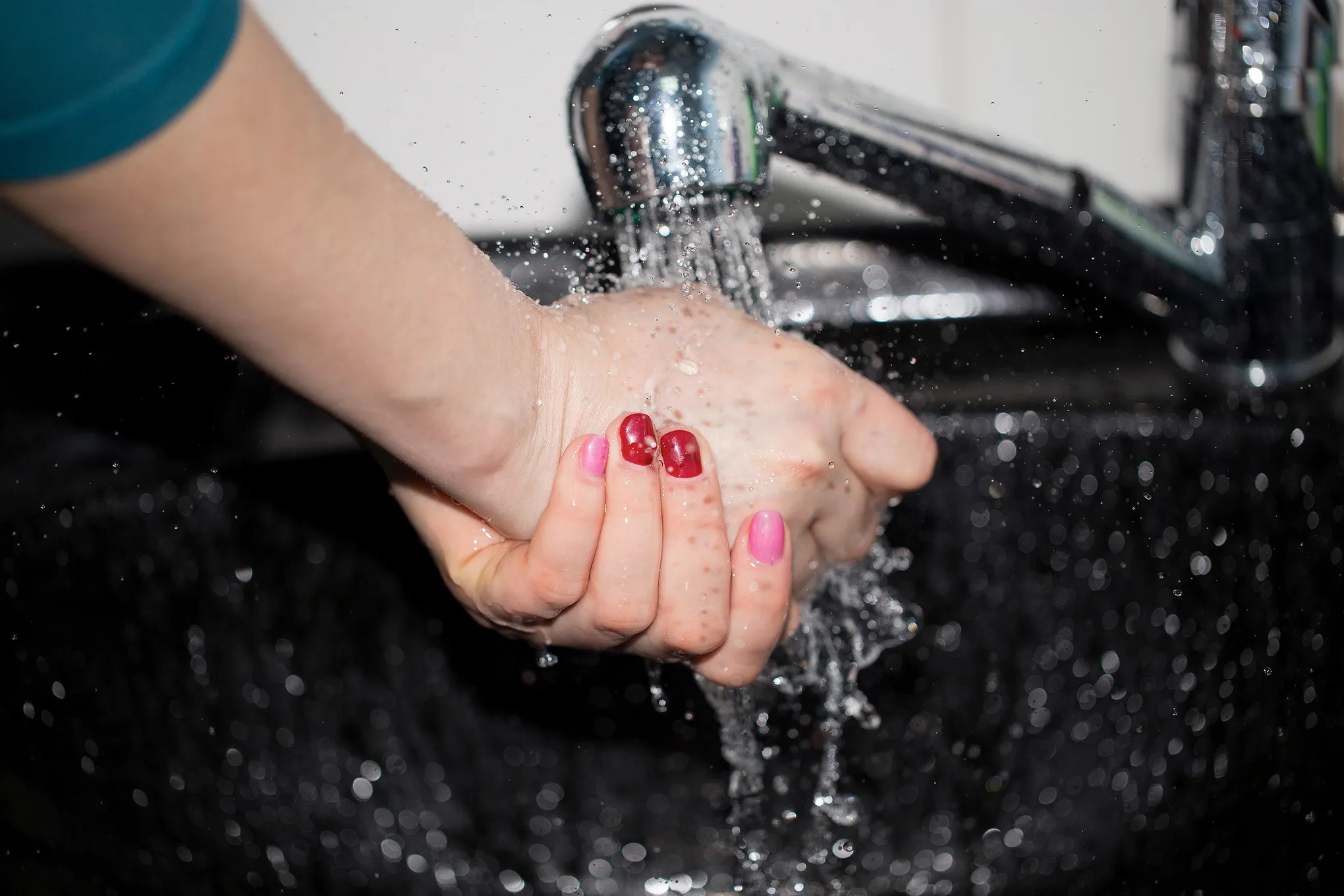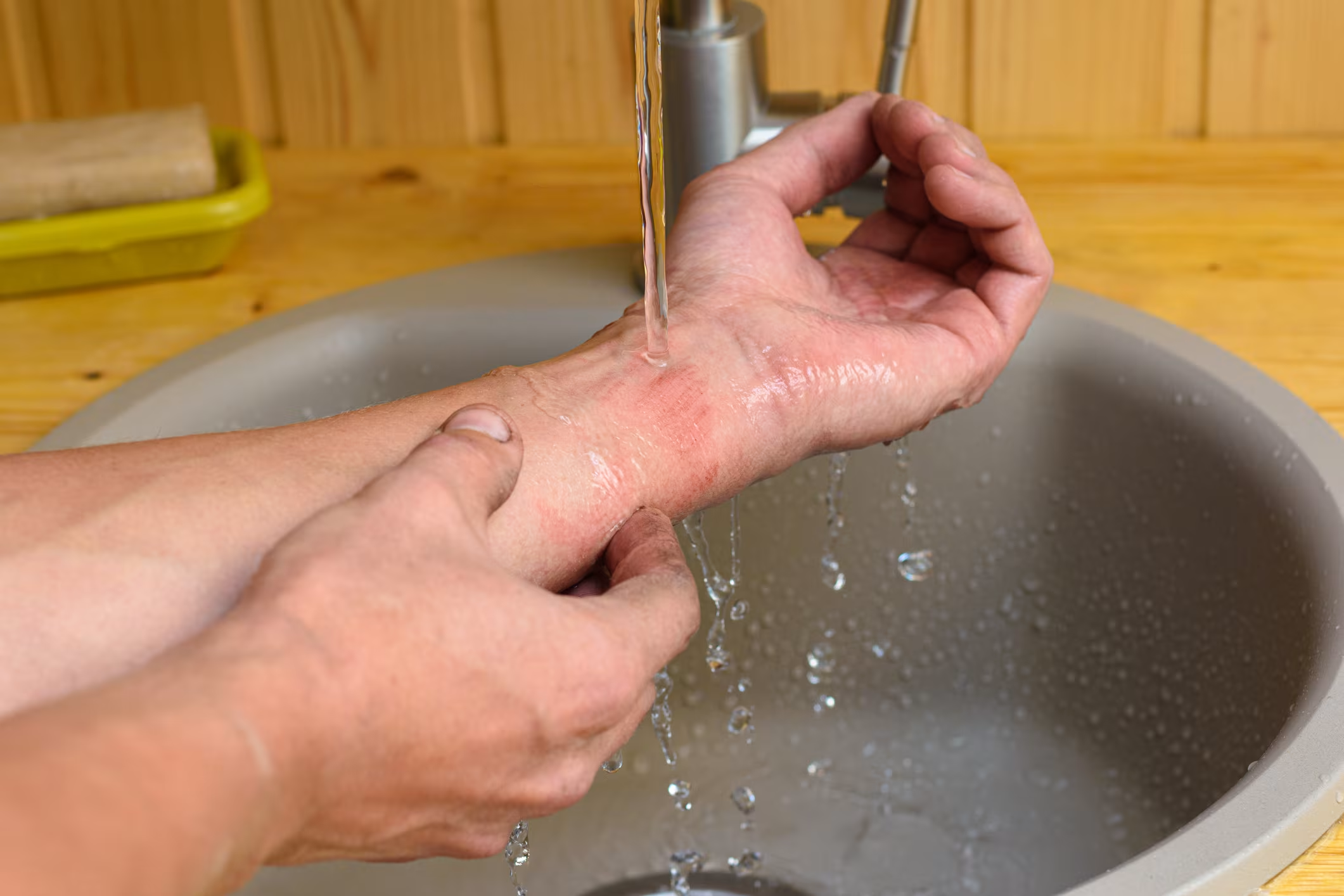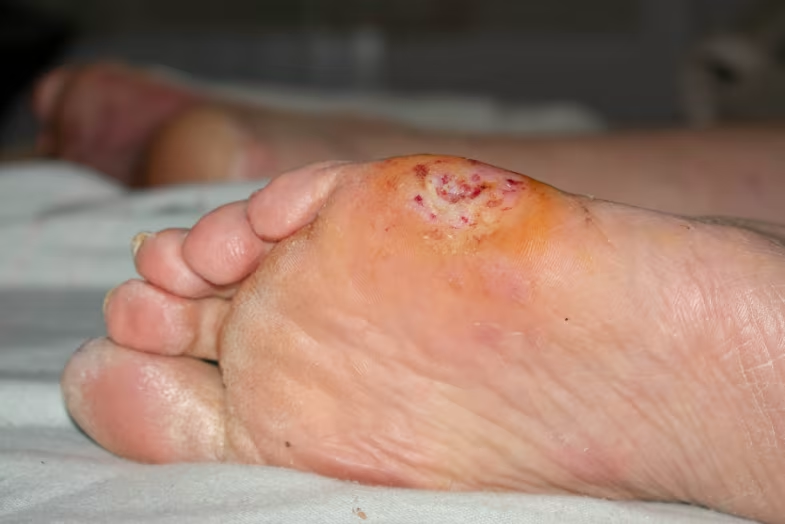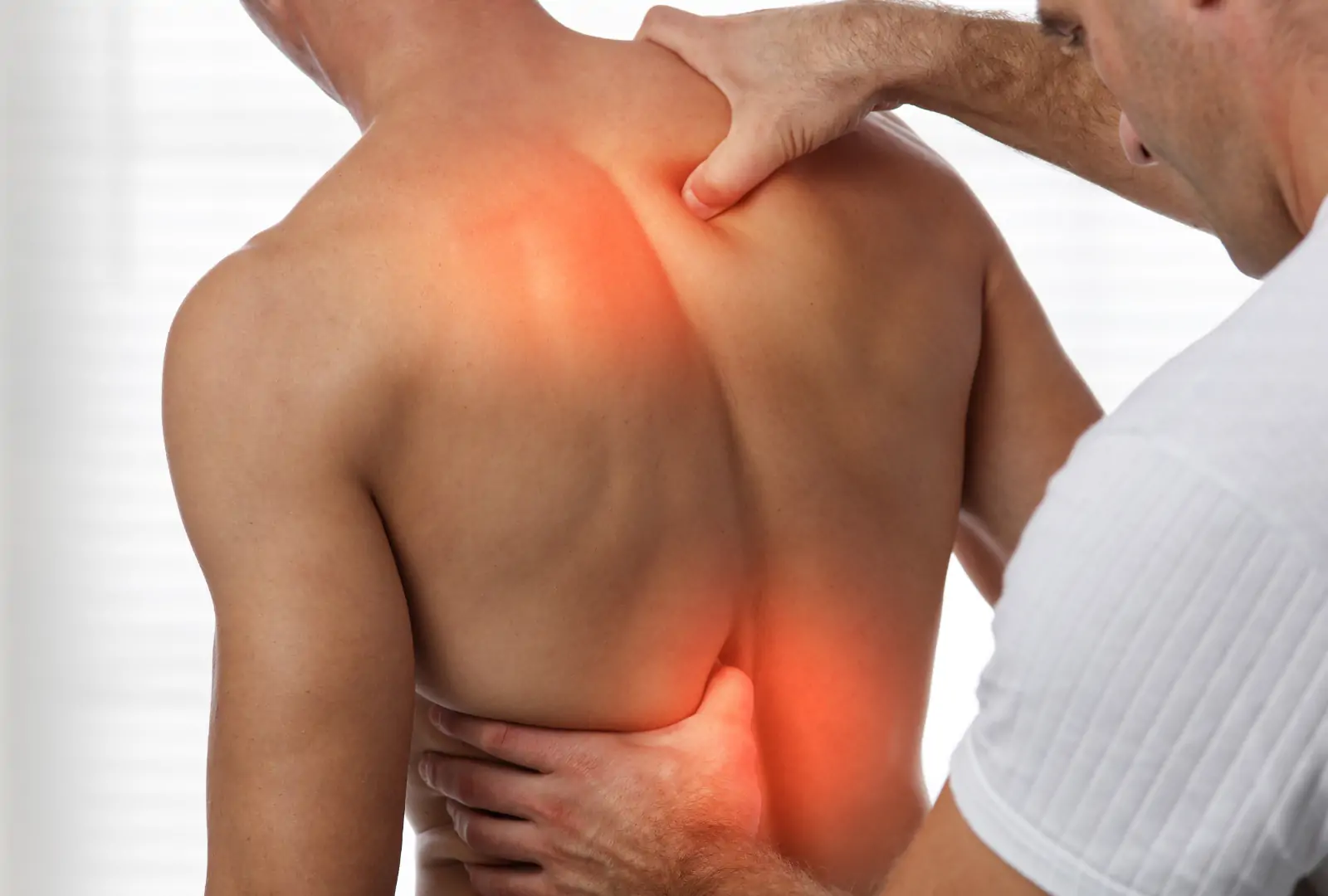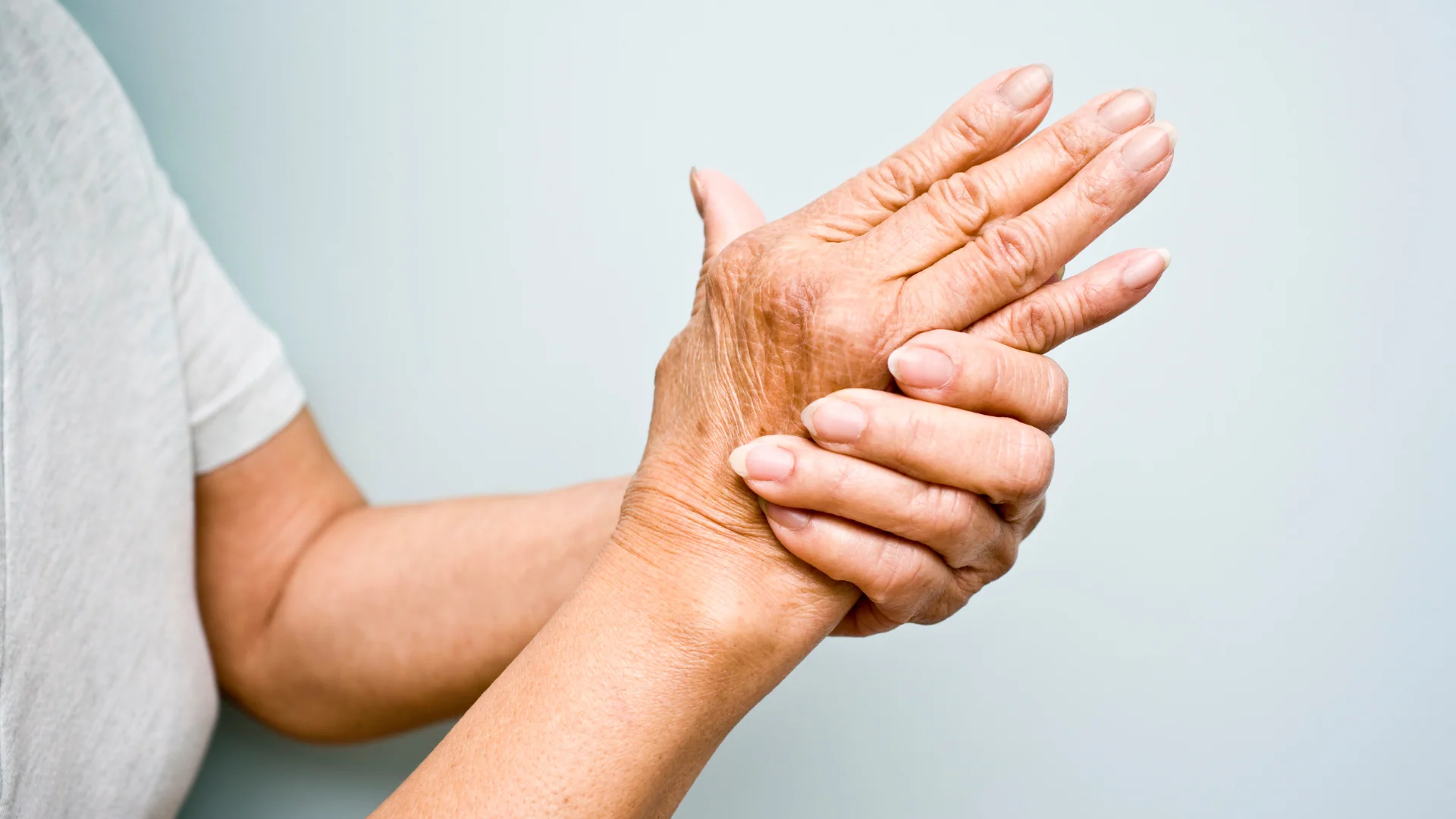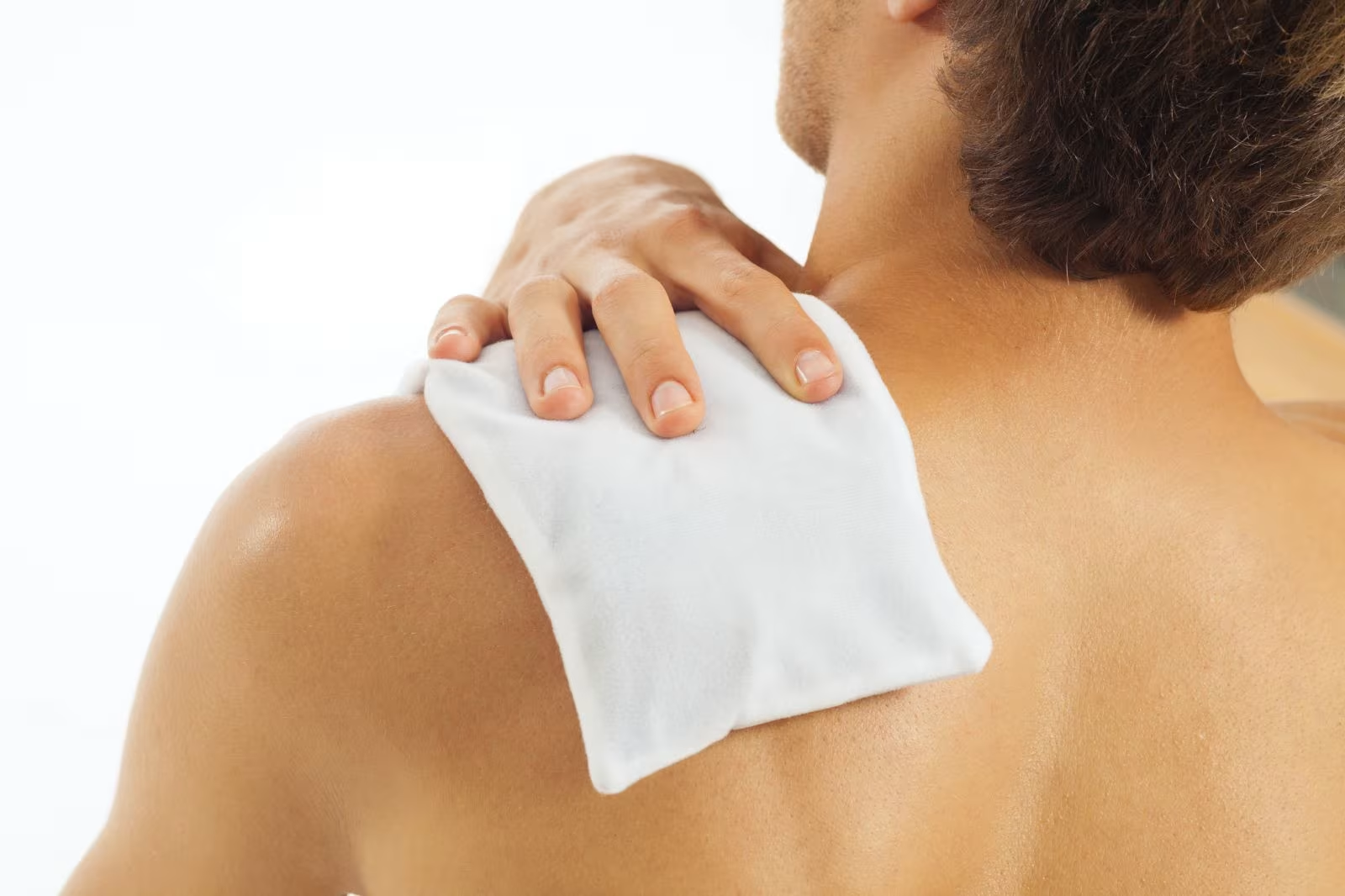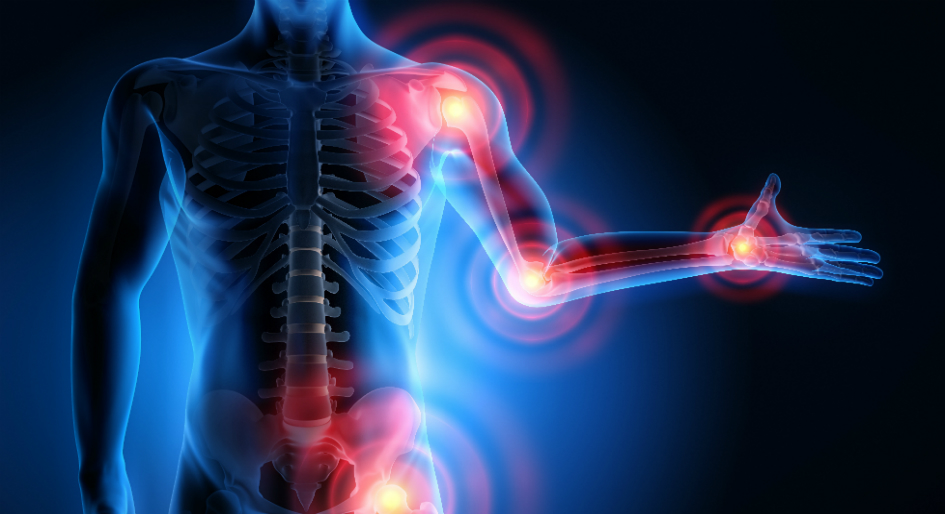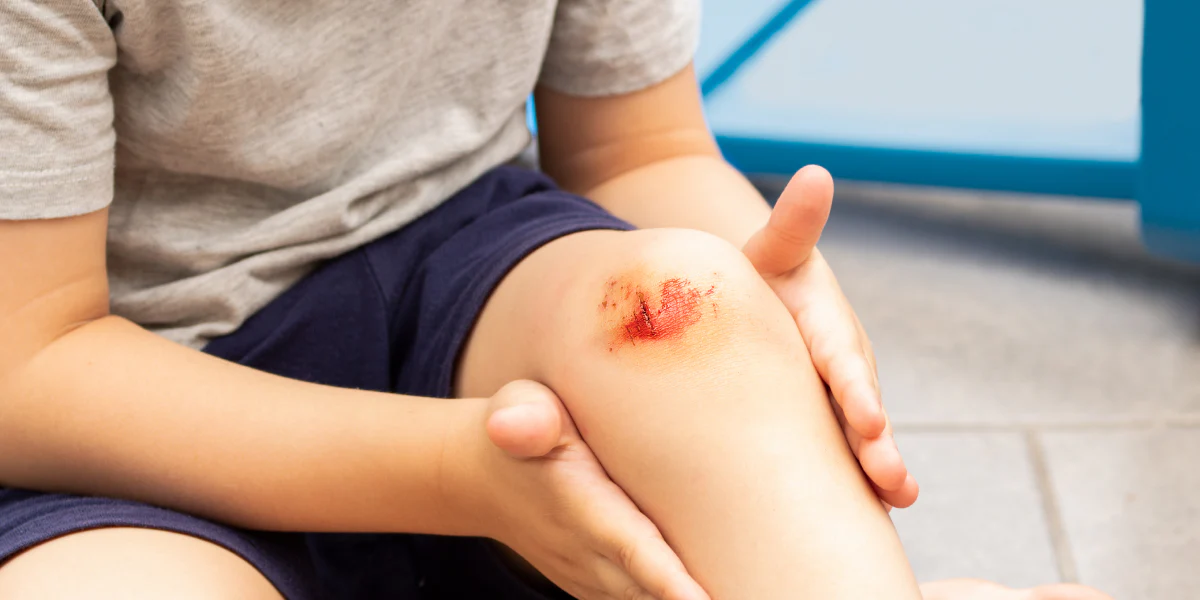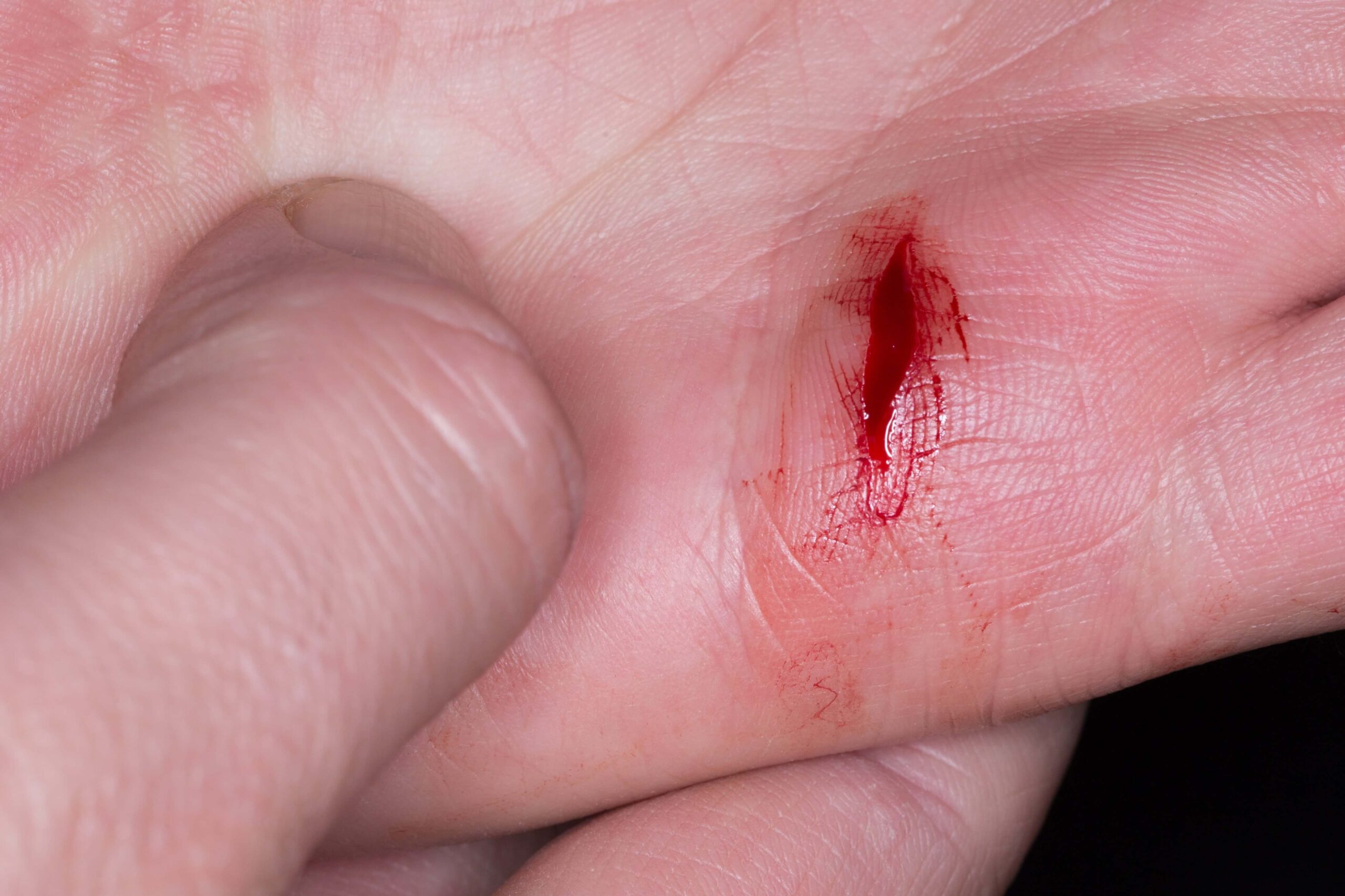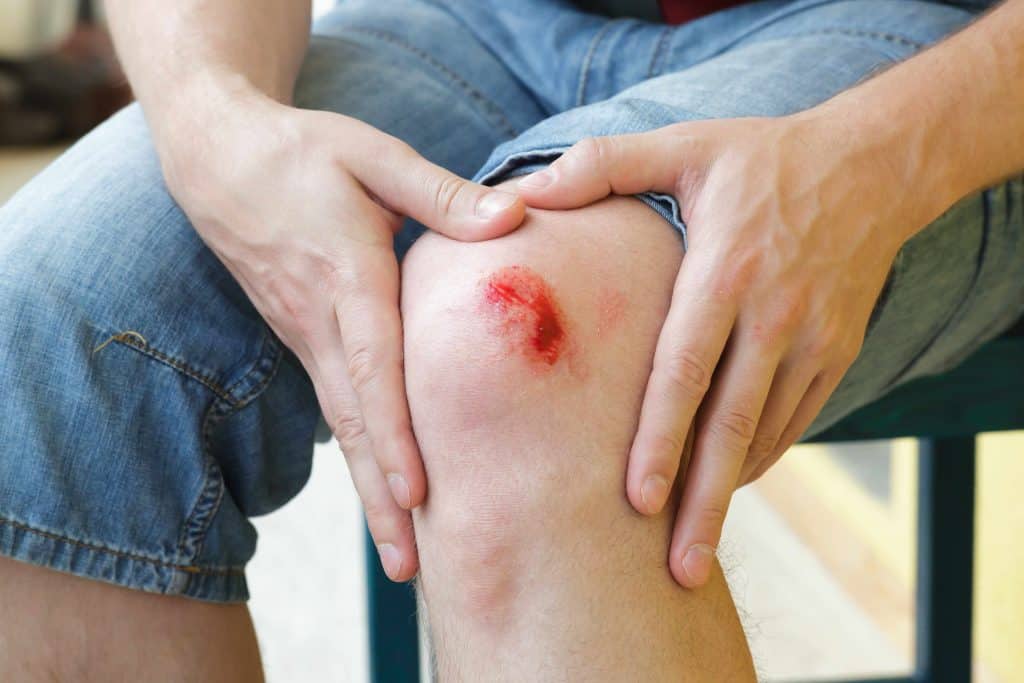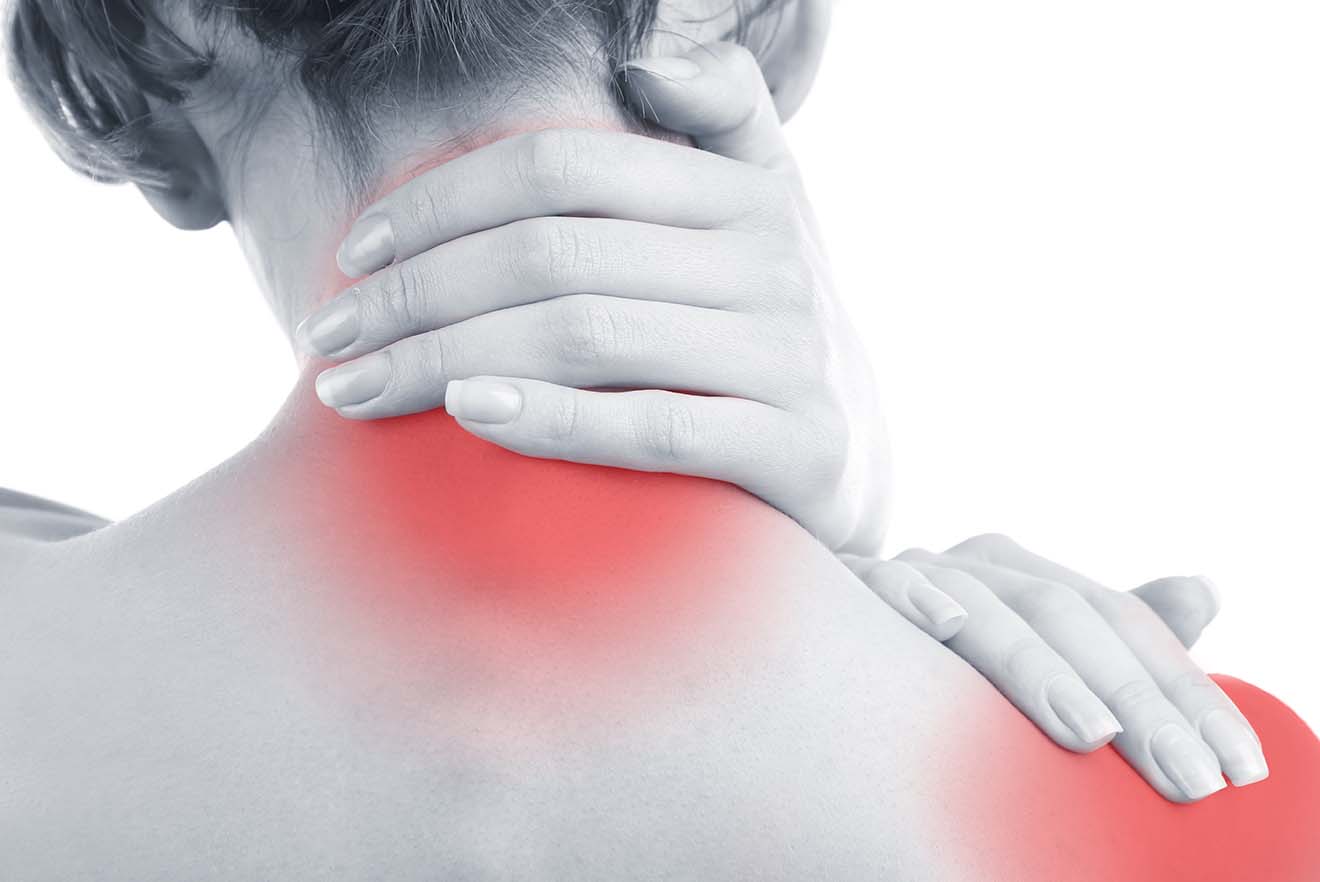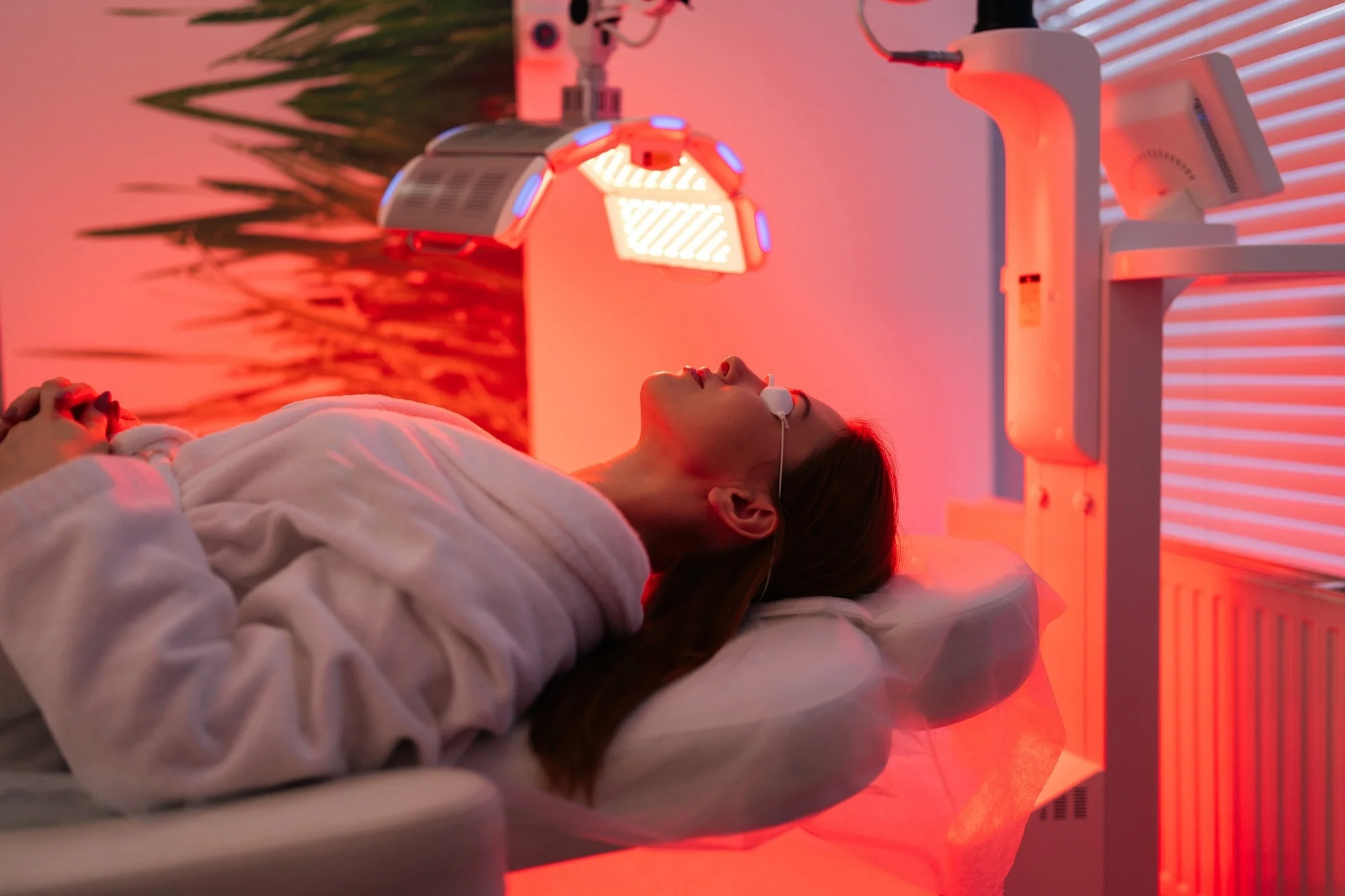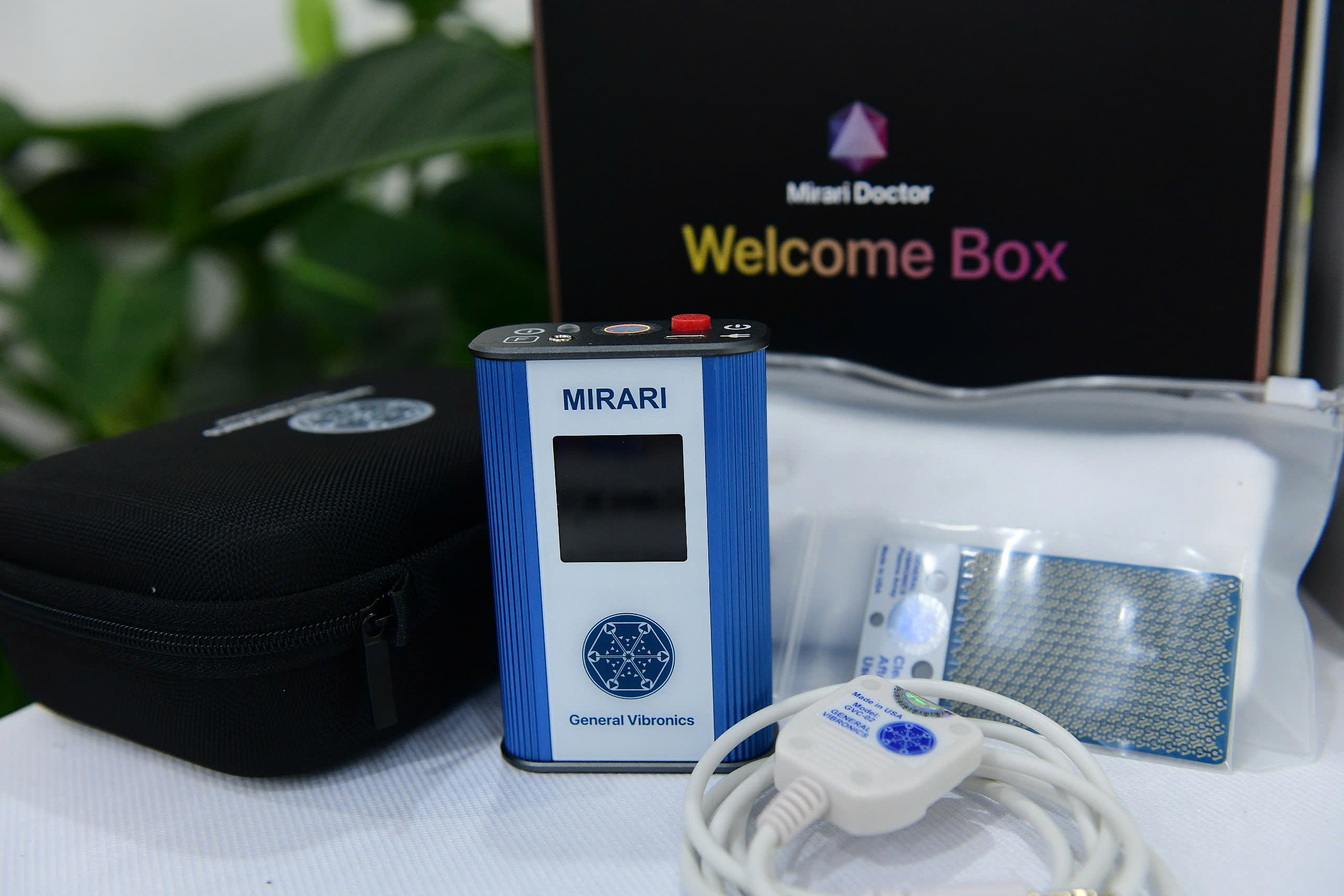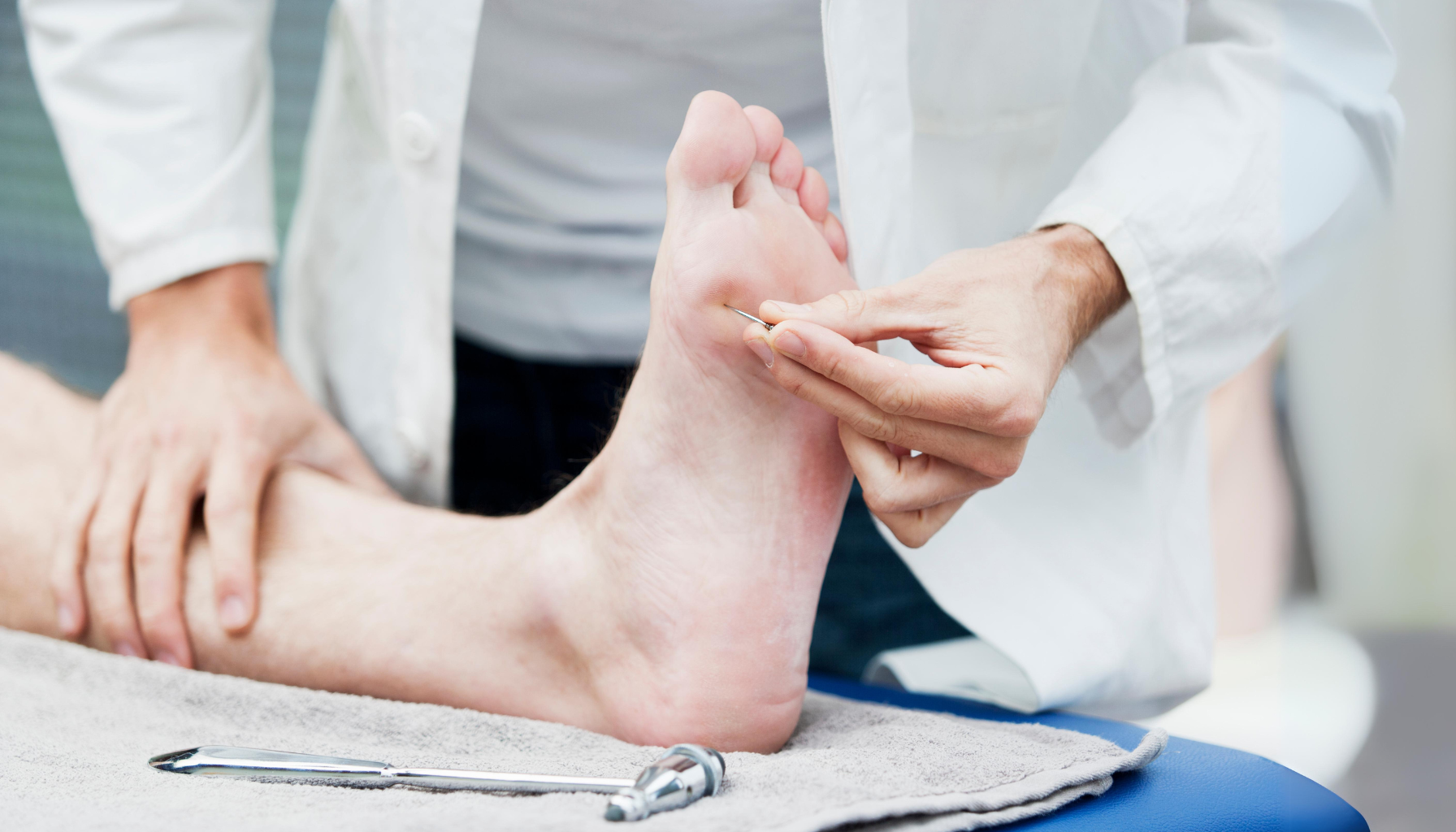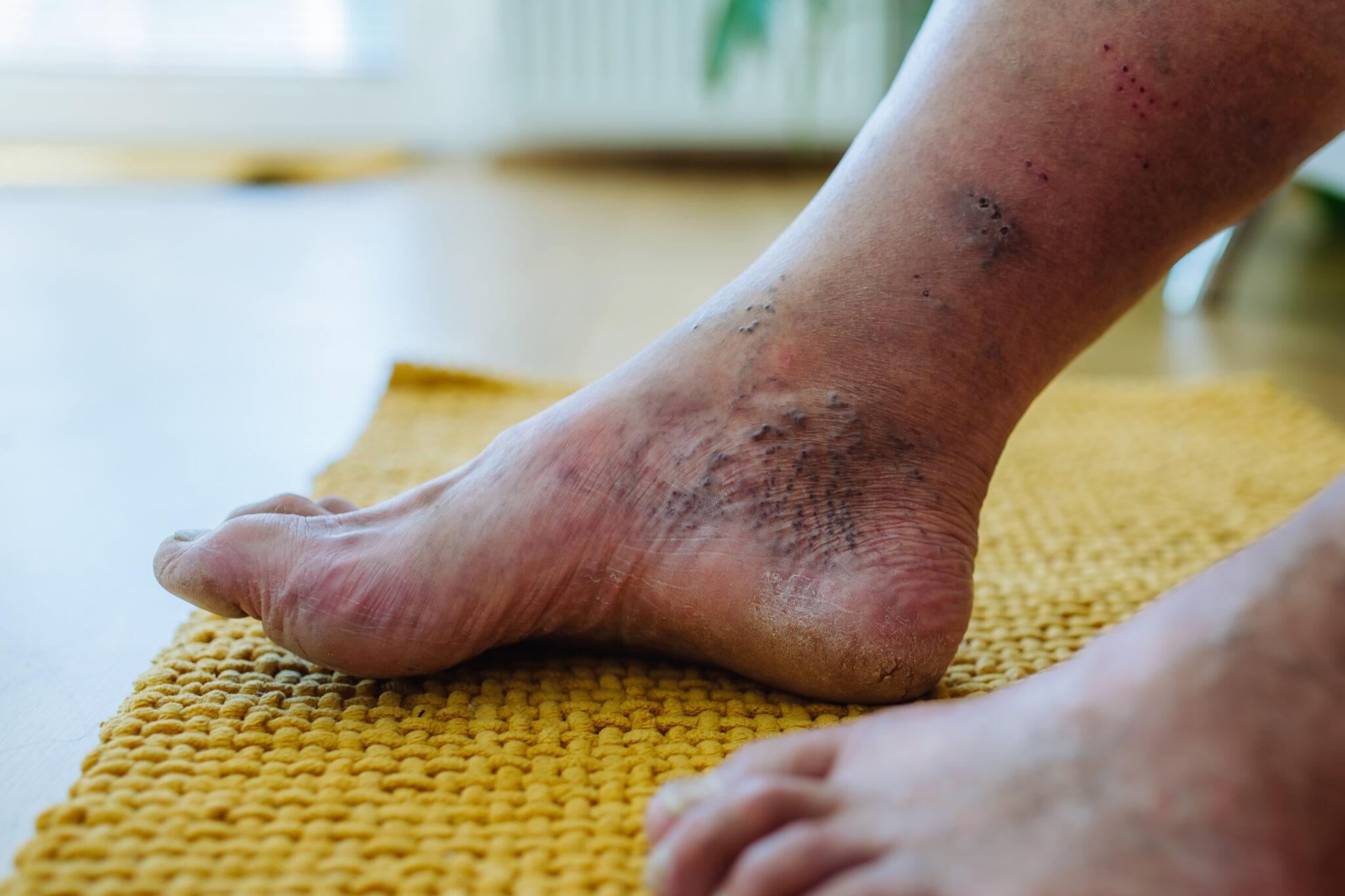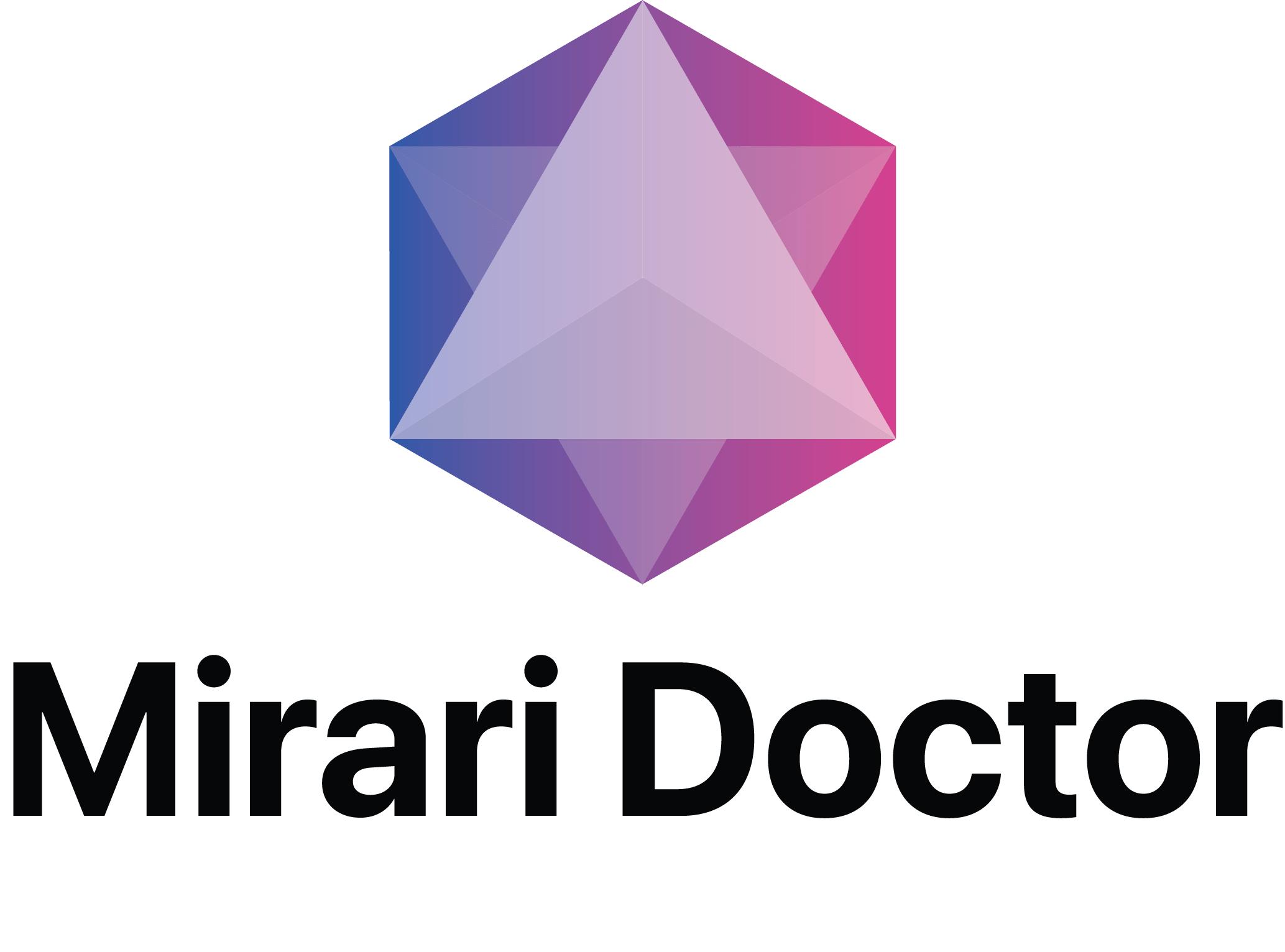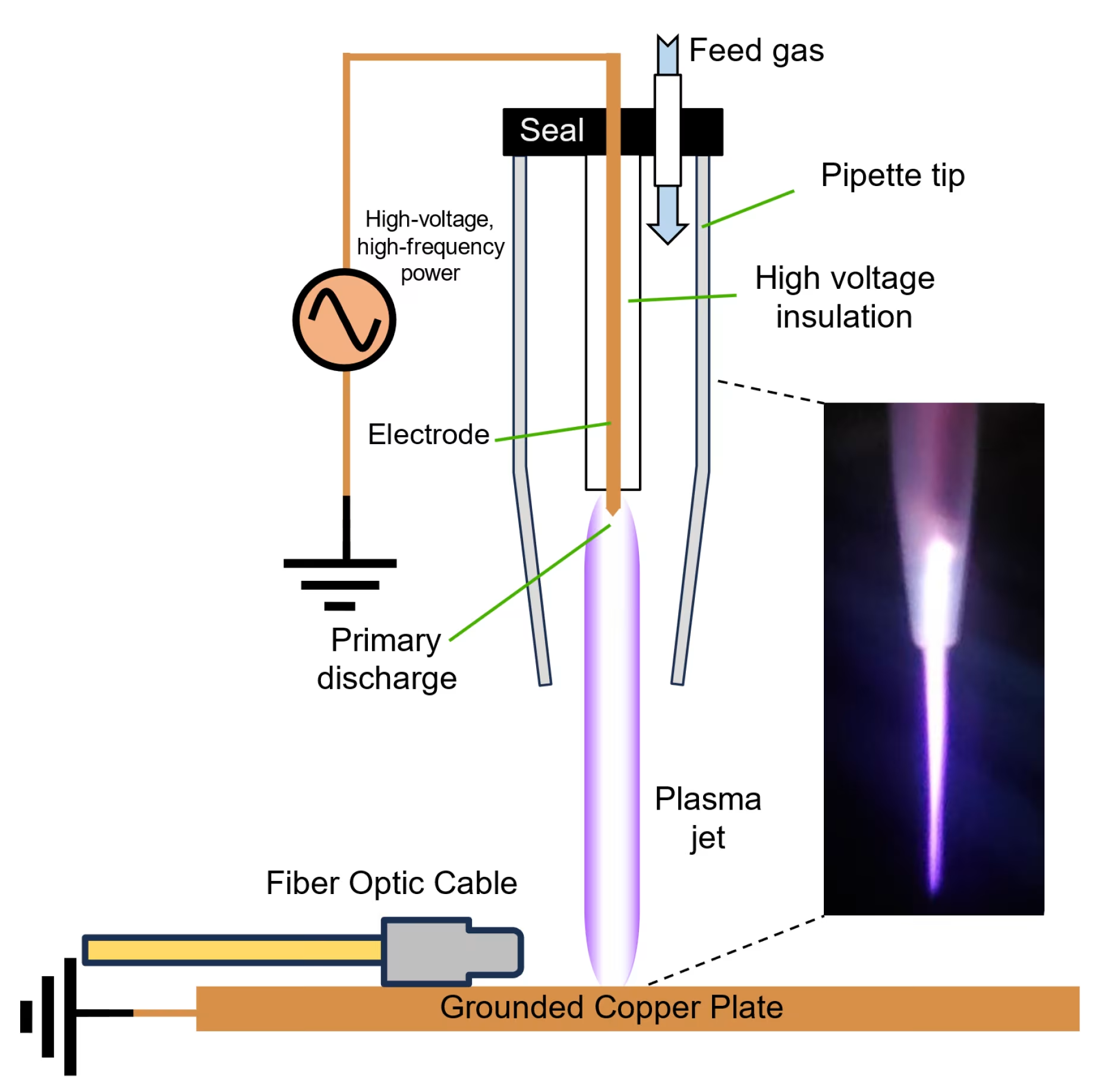
Is cold plasma the same as high frequency?No, cold plasma and high frequency are distinct technologies that work through different mechanisms[7]. While both treatments target acne and skin rejuvenation, cold plasma generates ionized gas at room temperature, whereas high frequency uses electrical currents through glass electrodes filled with inert gas[5]. Understanding these fundamental differences helps patients choose the most appropriate treatment for their specific skincare needs.
Many people confuse these technologies because some marketing materials incorrectly label high frequency devices as “cold plasma.” However, the scientific mechanisms, treatment outcomes, and clinical applications differ significantly between these two approaches.
Understanding High Frequency Technology
What Is High Frequency Treatment?
High frequency therapyrepresents a classic dermatological treatment that has been used for decades in professional skincare[5]. This technology utilizesalternating electrical currentpassed through glass electrodes containing argon or neon gas.
The process createsozone formationwithin the electrode, which provides antiseptic and astringent effects on the skin[5]. The visible violet or orange glow and crackling sound are characteristic features of high frequency treatments.
Key characteristics include:
- Glass electrodes filled with inert gases
- Electrical current ranging from 100,000 to 250,000 Hz
- Visible plasma discharge within the electrode
- Audible crackling sounds during treatment
- Direct skin contact required[10]
How High Frequency Works
High frequency treatments operate throughthermal effectsandozone generation[5]. The electrical current creates heat within skin tissues, promoting circulation and cellular metabolism.
Primary mechanisms:
- Thermal stimulationincreases blood flow
- Ozone productionprovides antimicrobial effects
- Electrical stimulationenhances cellular activity
- Vasodilationimproves nutrient delivery[8]
Understanding Cold Plasma Technology
What Is Cold Atmospheric Plasma?
Cold plasma therapyrepresents advanced medical technology that generatesionized gas at room temperature[4]. Unlike high frequency, cold plasma creates reactive species without thermal damage to tissues.
This technology producesreactive oxygen species (ROS)andreactive nitrogen species (RNS)that provide therapeutic effects through controlled cellular interactions[3].
Distinctive features:
- Non-thermal plasma generation
- No direct electrode contact needed
- Multiple reactive species production
- Precise temperature control
- Advanced safety monitoring[4]
Cold Plasma Generation Methods
Modern cold plasma systems utilizedielectric barrier dischargeoratmospheric pressure plasma jetsto create ionized gas environments[6].
Technical specifications:
- Operating temperature: 37-40°C
- Frequency range: 13.56 MHz
- Power output: 2-5 watts
- Gas composition: Argon, helium, or air
- Treatment duration: 5-15 minutes[4]
Technology Comparison Table
| Parameter | High Frequency | Cold Plasma |
|---|---|---|
| Temperature[7] | Thermal heating | Room temperature |
| Contact Method | Direct electrode contact | Non-contact/minimal contact |
| Gas Type | Argon/Neon in glass | Various gases in open air |
| Frequency Range | 100-250 kHz | 13.56 MHz typical |
| Mechanism | Thermal + Ozone | Reactive species |
| Treatment Time | 10-20 minutes | 5-15 minutes |
| Downtime | Minimal | None to minimal |
Clinical Applications Comparison
High frequency applications:
- Acne treatment through ozone effects
- Circulation improvement
- Sebaceous gland regulation
- Hair growth stimulation
- Post-extraction healing[5]
Cold plasma applications:
- Advanced wound healing
- Bacterial decontamination
- Inflammation reduction
- Tissue regeneration
- Pain management[3]
Scientific Mechanisms Behind Each Technology
High Frequency Mechanism of Action
High frequency treatments work primarily throughthermal effectsandozone generation[10]. The electrical current creates localized heating that stimulates circulation and cellular metabolism.
Primary effects:
- Vasodilationincreases blood flow
- Thermal stimulationenhances cellular activity
- Ozone productionprovides antimicrobial action
- Electrical stimulationimproves tissue function[5]
Cold Plasma Mechanism of Action
Cold plasma operates throughnon-thermal reactive speciesgeneration[4]. The ionized gas produces multiple therapeutic compounds without tissue heating.
Key mechanisms:
- ROS productionmodulates cellular signaling
- Nitric oxide generationimproves circulation
- Antimicrobial effectsreduce bacterial load
- Growth factor stimulationaccelerates healing[3]
Treatment Effectiveness and Outcomes
High Frequency Treatment Results
High frequency therapyshows proven effectiveness for specific skin conditions, particularly acne management[10]. Clinical outcomes include:
- 70-80% acne reduction after 6-8 sessions
- Improved circulation and skin tone
- Reduced sebaceous gland activity
- Enhanced product absorption[5]
Cold Plasma Treatment Results
Cold plasma therapydemonstrates superior outcomes for complex skin conditions[4]. Research shows:
- 40% bacterial reduction within 2 minutes
- Accelerated wound healing by 25-30%
- Reduced inflammation markers
- Enhanced collagen production[3]
Clinical Benefits Comparison
| Benefit Category | High Frequency | Cold Plasma |
|---|---|---|
| Acne Treatment[10] | Good (ozone effects) | Excellent (multi-mechanism) |
| Wound Healing | Limited | Superior |
| Anti-aging | Moderate (circulation) | High (cellular regeneration) |
| Safety Profile | Good (established) | Excellent (non-thermal) |
| Treatment Comfort | Mild discomfort | Virtually painless |
| Downtime | Minimal | None |
Advanced Cold Plasma Systems
Modern cold plasma devices offer significant advantages over traditional high frequency treatments. TheMirari Cold Plasmasystem, developed by General Vibronics and commercialized by Mirari Doctor, represents cutting-edge technology in this field[4].
Advanced features include:
- Nitric oxide-basedplasma generation
- Precise temperature control systems
- Multiple treatment modalities
- Enhanced safety protocols
Available through specialized providers like miraridoctor.com, these systems offer superior therapeutic outcomes compared to conventional approaches[3].
Safety Considerations and Contraindications
High Frequency Safety Profile
High frequency treatmentshave established safety records but require specific precautions[5]:
Contraindications:
- Pregnancy
- Pacemakers or metal implants
- Active skin infections
- Photosensitive medications
- Heart conditions[10]
Cold Plasma Safety Profile
Cold plasma therapydemonstrates excellent safety profiles with minimal contraindications[4]:
Contraindications:
- Pregnancy (precautionary)
- Active cancer treatment
- Open wounds (device-dependent)
- Severe immunocompromise[3]
Cost-Effectiveness Analysis
Treatment Investment Comparison
High frequency devicestypically cost:
- Professional units: $200-$800
- Home devices: $50-$200
- Per-session costs: $30-$60[5]
Cold plasma systemsrequire higher investment:
- Professional units: $5,000-$15,000
- Medical-grade systems: $20,000-$50,000
- Per-session costs: $80-$150[4]
Long-term Value Assessment
Cold plasma technology offerssuperior long-term valuethrough:
- Reduced treatment frequency
- Better clinical outcomes
- Lower complication rates
- Enhanced patient satisfaction[3]
Treatment Protocol Differences
High Frequency Treatment Protocols
Standard high frequency sessions:
- Pre-treatment cleansing required
- Direct electrode contact with skin
- 10-20 minute treatment duration
- 2-3 sessions weekly initially
- Maintenance every 2-4 weeks[10]
Cold Plasma Treatment Protocols
Optimized cold plasma sessions:
- Minimal skin preparation needed
- Non-contact or light contact application
- 5-15 minute treatment duration
- 1-2 sessions weekly initially
- Maintenance monthly or bi-monthly[4]
Five Essential Questions About Cold Plasma vs High Frequency
Which technology is better for acne treatment?
Cold plasma demonstrates superior acne treatment outcomescompared to high frequency[3]. While high frequency provides 70-80% improvement through ozone effects, cold plasma achieves 85-95% bacterial reduction through multiple antimicrobial mechanisms including ROS and RNS generation[4].
Are high frequency and cold plasma treatments painful?
High frequency causes mild discomfortdue to electrical stimulation and thermal effects[5]. Cold plasma isvirtually painlessbecause it operates at body temperature without thermal damage. Most patients describe cold plasma as comfortable with only mild tingling sensations[4].
Can I use both technologies together?
Yes, combining technologies can enhance treatment outcomes[7]. Many practitioners use high frequency for initial bacterial reduction, followed by cold plasma for advanced healing promotion. The Mirari Cold Plasma system available through miraridoctor.com offers protocols that can complement traditional high frequency treatments[3].
Which treatment has fewer side effects?
Cold plasma has significantly fewer side effectsthan high frequency[4]. High frequency may cause temporary redness, dryness, or skin sensitivity. Cold plasma rarely produces adverse reactions due to its non-thermal operation and precise control systems[3].
How do I choose between high frequency and cold plasma?
Consider your specific needs and budget[7]. Choose high frequency for basic acne management with lower costs. Select cold plasma for advanced skin conditions, faster healing, superior comfort, and long-term results. Cold plasma represents the evolution of plasma-based skincare technology[4].
Future Developments in Plasma Technology
Emerging Technologies
Next-generation plasma systemscontinue advancing through:
- Enhanced reactive species control
- Improved delivery mechanisms
- Integrated diagnostic capabilities
- Personalized treatment protocols[4]
Clinical Research Directions
Ongoing studiesinvestigate:
- Combination therapy protocols
- Biomarker-guided treatments
- Long-term safety assessments
- Cost-effectiveness analyses[3]
Professional Treatment Recommendations
When to Choose High Frequency
High frequency remains appropriate for:
- Budget-conscious patients
- Basic acne management
- Established treatment protocols
- Combination with other therapies[10]
When to Choose Cold Plasma
Cold plasma is preferred for:
- Advanced skin conditions
- Sensitive skin patients
- Optimal treatment outcomes
- Minimal downtime requirements[4]
Treatment Selection Guidelines
Healthcare providers should considerpatient-specific factorswhen choosing between technologies:
Assessment criteria:
- Skin condition severity
- Treatment goals
- Budget considerations
- Comfort preferences
- Time constraints[7]
Is cold plasma the same as high frequency?Absolutely not. These technologies represent different generations of plasma-based treatments, with cold plasma offering significant advantages in safety, comfort, and clinical outcomes. While high frequency maintains value for basic applications, cold plasma represents the future of advanced dermatological care.
Understanding these distinctions helps patients make informed treatment decisions based on their specific needs, budget, and desired outcomes. As technology continues evolving, cold plasma systems will likely become the standard for professional skincare treatments.
References
- YouTube. (2023). Cold Plasma vs. High Frequency Devices: What’s the Difference?//www.youtube.com/shorts/H4hXAm9QbqM
- Instagram. (2024). The difference between high frequency and cold plasma devices.//www.instagram.com/reel/C30yzpwyUoU/
- StackedSkincare. (2025). Cold Plasma Device – High Frequency Device.//stackedskincare.com/products/portable-high-frequency-acne-device
- Plasma Perfecting. (2025). Hot Plasma vs Cold Plasma vs HIFU vs Radiofrequency vs LED.//www.plasmaperfecting.com/post/hifu-vs-radiofrequency-vs-led
- Venus \& Apoll. (2025). High Frequency Therapy in Berlin.//venus-apoll.de/en/cosmetics/high-frequency-therapy/
- ScienceDirect. (2025). Cold Plasma – an overview.//www.sciencedirect.com/topics/physics-and-astronomy/cold-plasma
- YouTube. (2023). Debunking Cold Plasma Myths.//www.youtube.com/watch?v=vPm5se5cA7s
- ActivCell. (2025). PetCell – Cold plasma therapy for small-animal practice.//activcellgroup.com/en/petcell-cold-plasma-therapy-for-small-animal-practice/
- TikTok. (2025). Cold Plasma Versus High Frequency Wand.//www.tiktok.com/discover/cold-plasma-versus-high-frequency-wand
- Rewind Laser Treatment. (2025). Cold Plasma Facial.//www.rewindlasertreatment.com/facial-treatments/cold-plasma-ozone-facial/
Related articles
Made in USA
